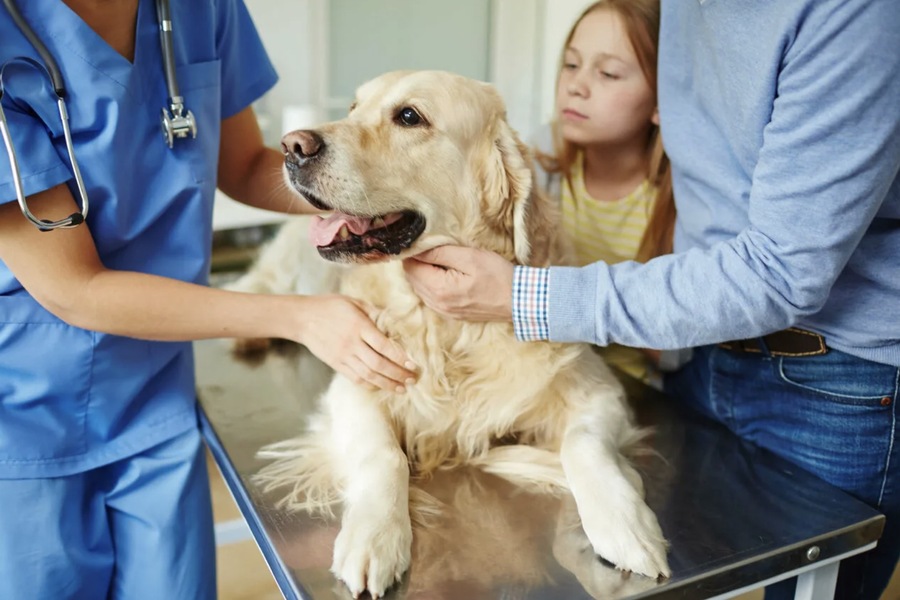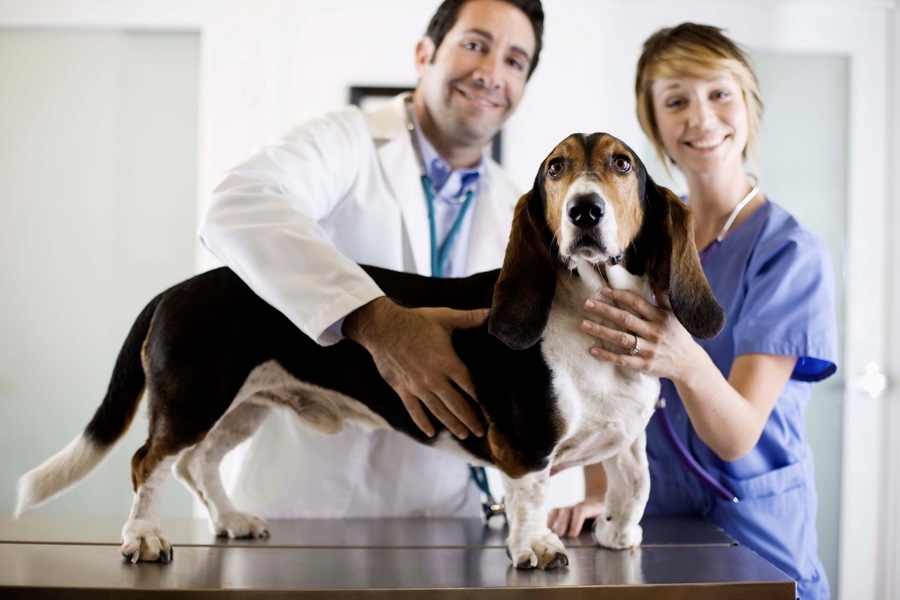The Therapeutic Benefits of Pet Interaction
Interacting with animals offers numerous psychological and physiological benefits, especially when it comes to managing stress and fatigue. Engaging in active play with pets can lead to significant improvements in one’s emotional state. Activities such as running or playing fetch with a dog can help normalize blood pressure and enhance cerebral blood flow, resulting in an emotional uplift and overall mental well-being. For those seeking professional pet care Dubai, these activities can be complemented by expert services to ensure both pets and their owners enjoy optimal health and happiness.
The bond between humans and animals can have a profound impact on stress levels. Studies have shown that spending time with pets can increase the production of serotonin and dopamine, hormones that play key roles in stabilizing mood and feelings of happiness. This bond also provides a sense of companionship and unconditional love, which is especially beneficial in alleviating feelings of loneliness and anxiety. For many, pets serve as a source of comfort and emotional support during challenging times, providing a non-judgmental presence that helps mitigate feelings of stress and fatigue.
In addition to the emotional benefits, physical health improvements are also notable. Regular interaction with pets can encourage physical activity, which is essential for maintaining a healthy lifestyle. Whether it’s a long walk with your dog or a playful session in the park, these activities contribute to cardiovascular health, muscle strength, and overall physical fitness. This physical engagement is particularly beneficial for those who might otherwise lead sedentary lifestyles, offering a fun and engaging way to stay active.
Understanding Cataracts in Dogs
Despite the numerous benefits of owning pets, they too require care and attention, particularly when health issues arise. Cataracts, a common eye condition in dogs, is one such health concern. A cataract involves the partial or complete opacity of the eye’s lens, leading to deteriorated vision or complete blindness. This condition predominantly affects older dogs, especially those over the age of eight, due to the natural thickening of the lens with age.

Causes and Risk Factors
The primary cause of cataracts in dogs is genetic predisposition. Over 100 dog breeds are known to have a hereditary transmission of cataracts. These breeds include Yorkies, Toy Terriers, Boston Terriers, Staffordshire Bull Terriers, Poodles, Chihuahuas, Cocker Spaniels, French Bulldogs, Shar Peis, and Huskies. In addition to genetics, other factors contributing to cataract development include:
– Eye Diseases: Conditions such as glaucoma can lead to cataracts by causing increased pressure within the eye, which damages the lens.
– Endocrine Disorders: Diabetes is a notable endocrine disorder that can cause cataracts by leading to changes in the lens’s water balance.
– Medications: Prolonged use of certain medications, such as steroids, can precipitate cataract formation due to their effects on lens metabolism.
– Eye Injuries: Trauma to the eye can result in cataract development by causing direct damage to the lens.
– Age-Related Changes: Natural aging processes contribute significantly to lens opacity as proteins within the lens break down and clump together.
– Systemic Diseases: General health conditions affecting the whole body, such as chronic kidney disease or hypertension, can also play a role by impacting overall eye health.
Symptoms of Cataracts
Identifying cataracts early is crucial for managing the condition effectively. Symptoms to watch for include:
– A bluish, gray, or white discoloration in the eye, indicating changes in the lens’s clarity.
– Redness and irritation of the eye, which can be a sign of secondary inflammation.
– Frequent blinking or squinting, suggesting discomfort or vision impairment.
– Signs of pain or discomfort, such as rubbing the eyes or sensitivity to light.
– Clumsiness and hesitation in movements, particularly when jumping or climbing, as the dog’s vision becomes impaired.
Stages of Cataract Development
Cataract progression can be categorized into four stages:
- Initial Stage: Cloudiness appears on the periphery of the lens, causing minimal vision impairment. The dog may not show significant changes in behavior.
- Immature Stage: Cloudiness spreads to the central optical zone, leading to significant vision reduction. The dog may have difficulty recognizing objects and navigating familiar spaces.
- Mature Stage: The entire lens becomes opaque, and vision is reduced to light perception. The dog may rely more on other senses, such as smell and hearing, to move around.
- Overripe Stage: The lens fibers disintegrate, and the lens turns milky white, often leading to severe complications. The dog may show signs of severe discomfort and a complete loss of vision.
Consequences and Complications
If left untreated, cataracts can result in complete blindness. Additionally, complications such as glaucoma, lens luxation, and various forms of uveitis can arise, further jeopardizing the dog’s ocular health. Glaucoma, characterized by increased intraocular pressure, can cause significant pain and permanent vision loss. Lens luxation, the dislocation of the lens, can lead to further vision impairment and discomfort. Phacolytic uveitis and iridocyclitis, inflammatory conditions, can cause chronic pain and damage to the eye’s internal structures.
Treatment Options
Medication alone cannot cure cataracts or halt their progression. However, it can help manage underlying conditions such as diabetes or infections. The definitive treatment for cataracts is surgical intervention. The procedure involves replacing the clouded lens with an artificial one. Postoperative care includes using anti-inflammatory drops and possibly lifelong therapy with special eye drops to prevent recurrence. Surgery typically has a high success rate and can significantly improve the dog’s quality of life by restoring vision.

Preventive Measures
Preventing cataracts involves several proactive steps:
– Regular Veterinary Check-ups: Regular eye examinations, particularly at specialized ophthalmology centers, are essential for early detection and management of eye health issues.
– Protecting Eyes from Bright Light: Avoid exposing your dog to intense sunlight to prevent corneal damage and potential cataract formation.
– Monitoring Overall Health: Keep track of your dog’s blood pressure, heart, and kidney health to prevent systemic conditions that could impact eye health.
– Nutritional Support: Provide your dog with vitamins and supplements such as blueberry extract, taurine, and vitamins A, E, and C, along with minerals like zinc and selenium. These nutrients support overall eye health and can slow the progression of cataract-related changes.
– Avoiding Eye Injuries: Prevent your dog from running in areas with potential eye hazards, like mown grass with sharp stems, to reduce the risk of trauma and subsequent infections.
Conclusion
Communication and interaction with pets are invaluable for human mental health, providing emotional support and stress relief. However, ensuring the well-being of our animal companions, especially when they face health challenges like cataracts, is equally important. By understanding the causes, symptoms, and treatment options for canine cataracts, pet owners can take proactive steps to maintain their pets’ eye health and overall quality of life. Regular veterinary care, nutritional support, and preventive measures can go a long way in ensuring that our furry friends stay healthy and happy.

Soccer lover, shiba-inu lover, fender owner, vintage furniture lover and typography affectionado. Operating at the sweet spot between art and mathematics to craft an inspiring, compelling and authentic brand narrative.



